Material Design is a design language developed by Google. Google announced Material design on June 25, 2014. Since then, it has been adopted in most of the Google products and is being adopted by many other major companies and websites. Material Design takes a mobile-first approach and the design practice is widely used in Google products like Android.
Google Material design is inspired by how an object physically looks and behaves in the real world. Material design can be described as how a paper would look like on a surface. The material design follows the properties of a material mainly focusing on light, shadow, movement, depth, and texture.
The goal of the Material design, according to Google, is to “develop a single underlying system that allows for a unified experience across platforms and device sizes”.
This article lists some of the best and popular Material Design framework that helps you implement Material Design guidelines.
Materialize
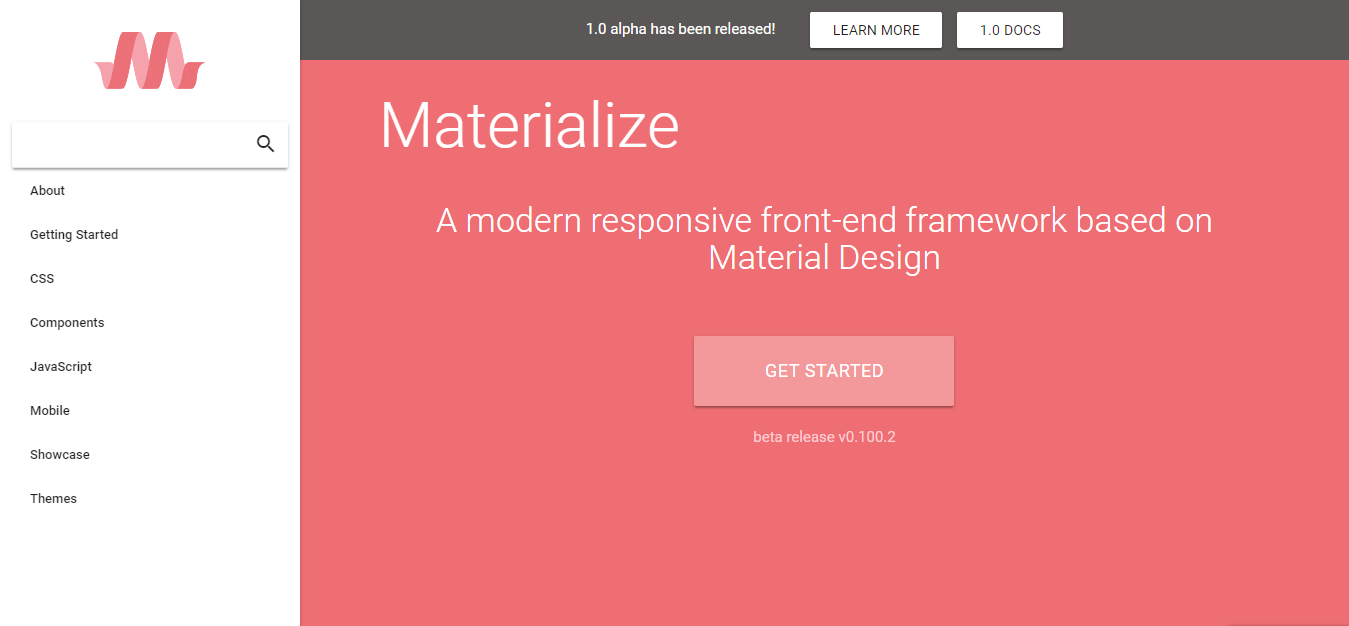
Materialize is a mobile-first framework based on Material Design. The framework is very easy to work with and comes with code examples that can help anyone get started quickly and easily.
Materialize comes in two different versions – a standard Materialize version that contains CSS and JavaScript files and suitable for people who are not comfortable working with Sass and the Sass version that contains the source SCSS files.
Comes with detailed documentation that helps you realize the design at your hand very easily. The documentation will help you set up the framework and get working with it. The documentation is very helpful and is very descriptive that can help you implement your project with Google Material Design.
Material Design for Bootstrap
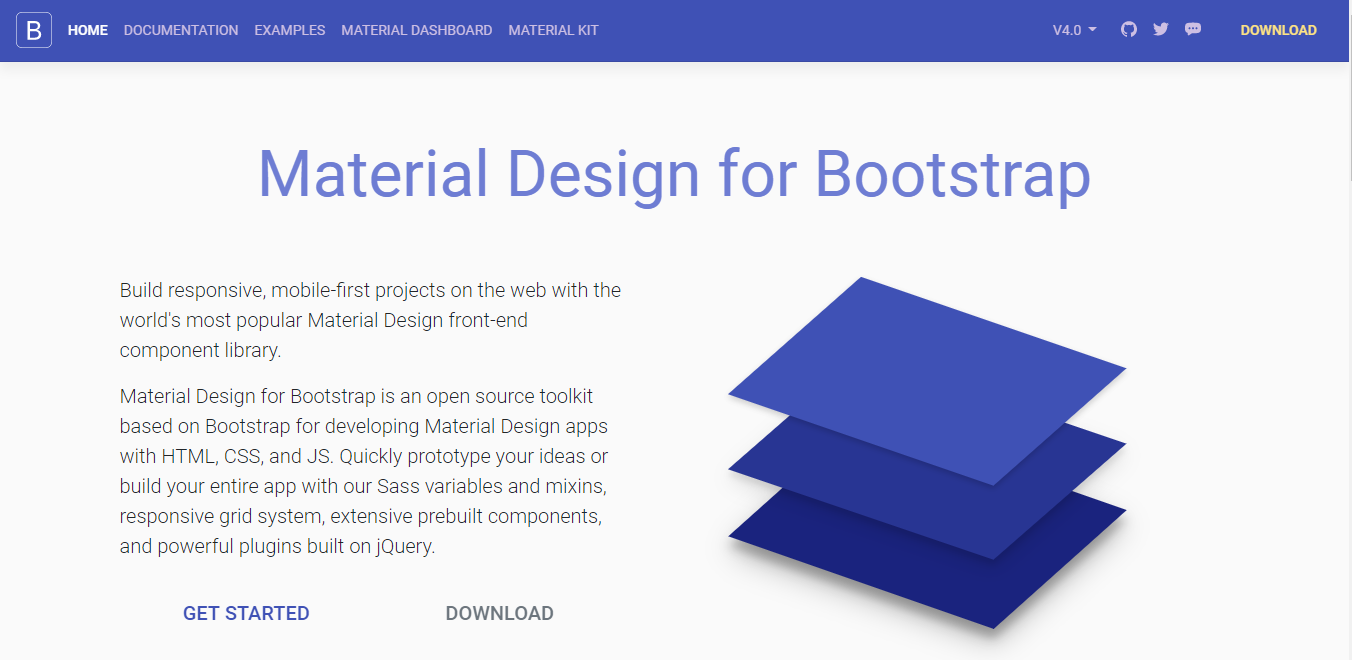
Bootstrap is the world’s most popular front-end development framework to create web applications. Material Design for Bootstrap is an open-source framework that is based on the Bootstrap framework and helps you create Bootstrap components with Material Design.
The framework makes it easy for you make all the Bootstrap components in Material Design. The framework’s documentation is pretty good to get you started and going. If you are already using Bootstrap, then using Material Design for Bootstrap will be very easy. It has got code examples for every Bootstrap and material components.
Material Components for the web
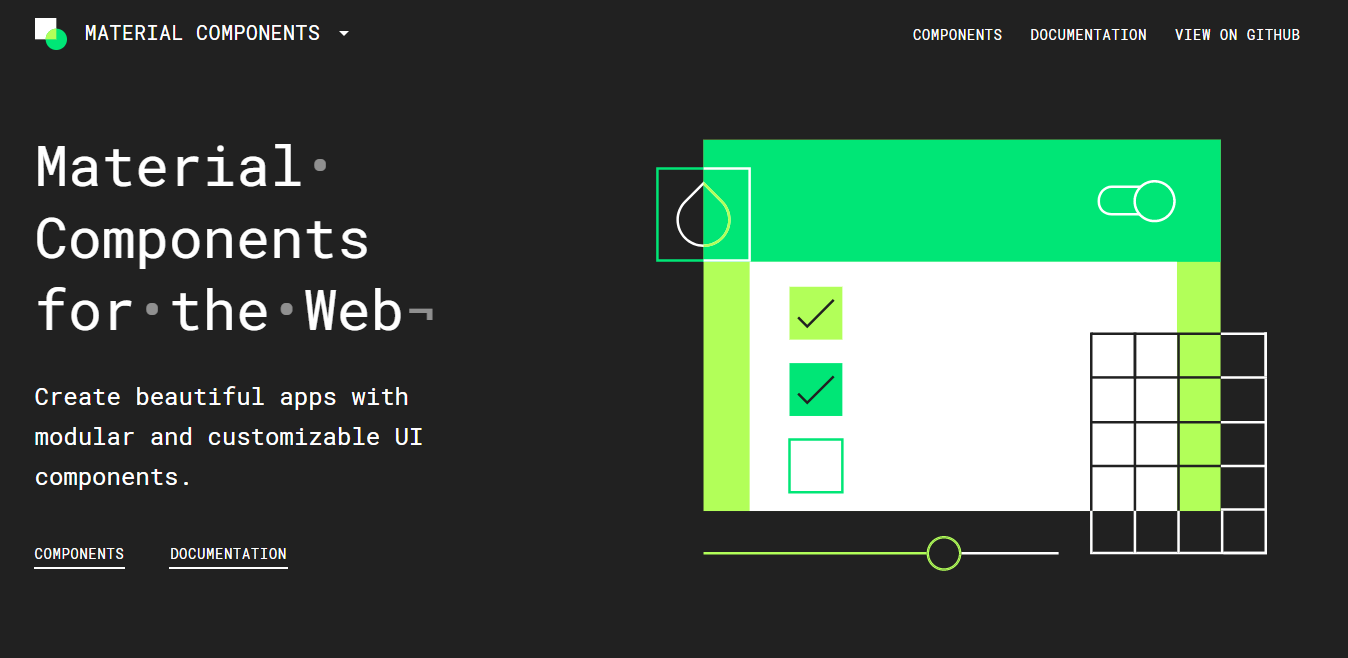
Material Components for the Web is a framework for Material Design designed by the engineers and designers at Google. Material Components for Web is the successor of Material Lite. Material Lite is not developed or supported by Google anymore. However, you can get community support for the framework.
Since Material Components for the web are designed by Google you can expect the framework to follow total adherence to the Material Design guidelines. The framework is regularly and frequently updated and the documentation will help you follow the design guidelines. Also, Material Components for the Web are easily integrable with libraries like Angular, React and server-side rendering.
Angular Material

Angular Material is a Material Desing framework built by the Angular team so you can be certain that it can work seamlessly with Angular. This framework gives you reusable components based on Angular to implement Google Material Design. The documentation for Angular Material has many working examples for different components that you can just copy and paste into your project. Also, Angular Material comes with a huge collection of components that helps you implement Material Design easily into your Angular application.
Material
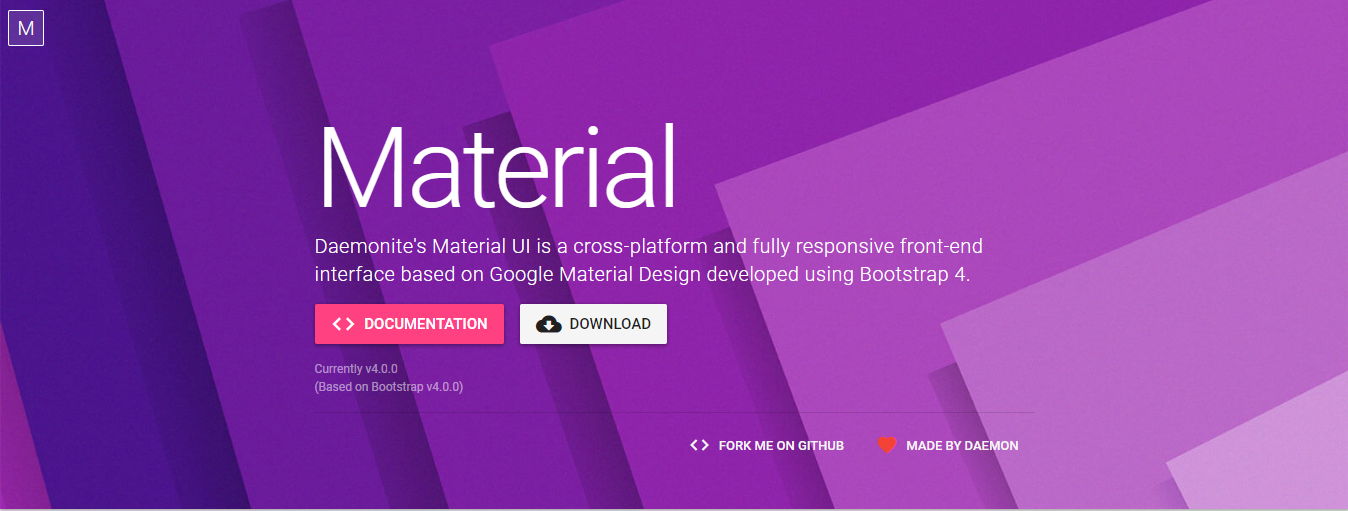
Material is another Material Design framework that is built based on front-end framework Bootstrap. The framework uses the latest version of the front-end framework, Bootstrap 4. The framework follows the Material Design guideline to implement the Material Design looks to the components of Bootstrap. The documentation guides through every aspect of the framework and the examples are such that you can implement them. The examples in the documentation can help you create your project hassle-free without having to start from scratch.
Material Foundation

As the name indicates, Material Foundation is a Material Design framework that helps you create your web application using the front-end framework Foundation combined with Google’s design language, Material Design. The framework is a work from the creators of the Foundation framework. It helps you include the Foundation components that follow the Material Design guidelines.
Unlike Bootstrap, Foundation does not give you finished and polished components. Instead, it gives you a foundation that can build upon. That gives you room for the infinite possibility of customization. And so is the case for the Material Foundation framework. It gives you a base that blends the Foundation framework and Material Design so that you don’t have to create anything from the ground up at the same time gives you more flexibility and power of customization.
Material-UI
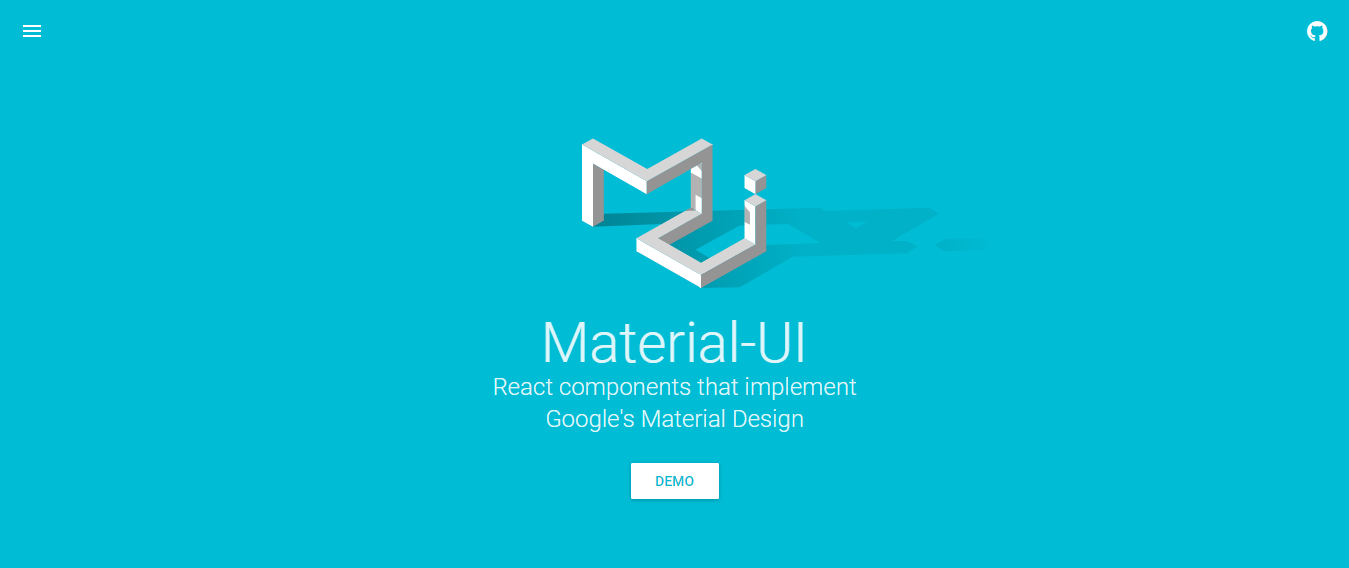
If you are using Facebook’s React framework, and you want to use Material Design as the design language, the Material-UI is the framework to go to. Material UI is an open-source framework that can be easily integrated into your project.
MUI
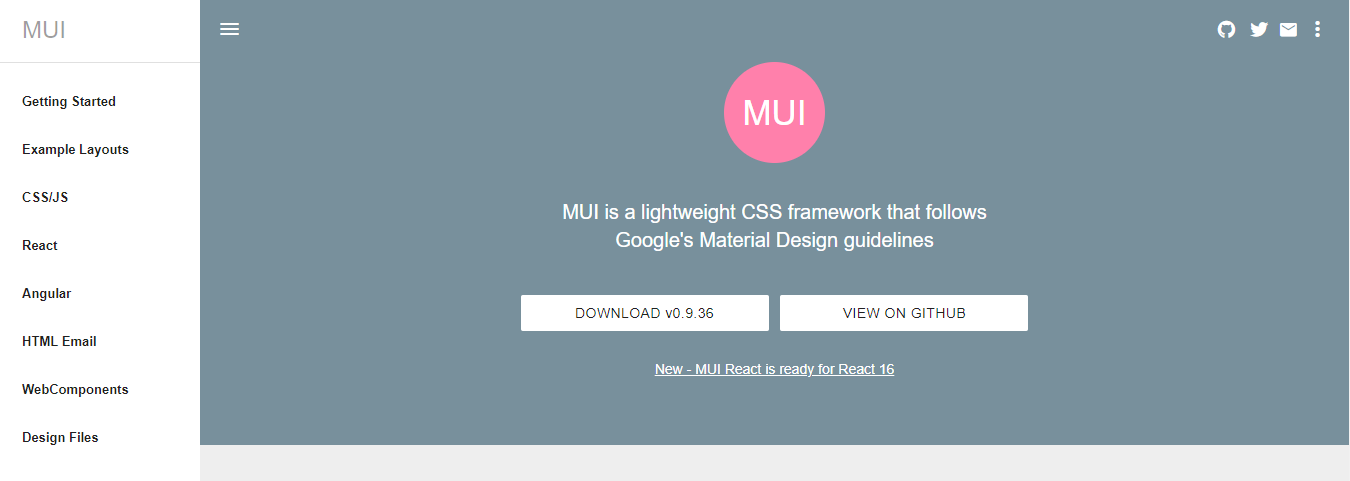
MUI is a lightweight CSS framework for you create a web application that follows Material Design guidelines. Being very lightweight, it makes for a very fast loading application. The combined file size of the minified CSS and JS file amounts up to 12KB. The framework does not have any external dependencies and supports React. Sass files are available for the framework that makes the framework very easy to customize.
MUI is cross-browser compatible that works flawlessly regardless of the platform. Also, it is an open-source framework under MIT license.
Surface
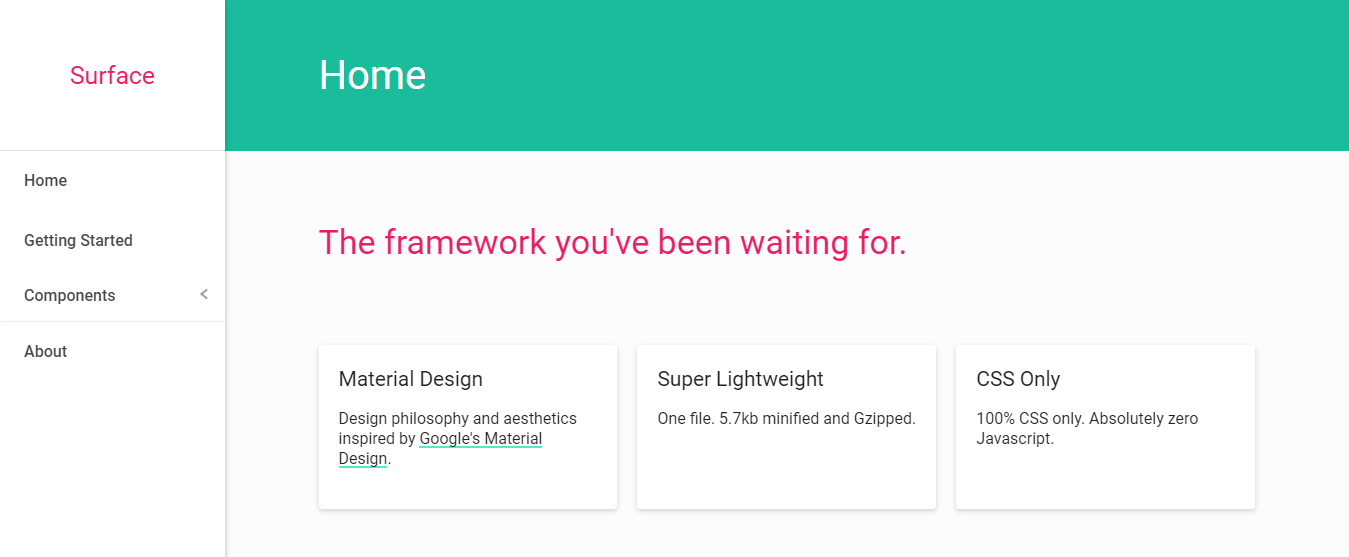
Surface is an extremely lightweight CSS framework based on Google Material Design. Surface is purely a CSS framework. It does not include any JavaScript. Many of the Material UI components are created without any JavaScript. So there is only one minified file that has a size of 5.7KB. This makes it a very fast loading framework. The framework supports most of the major popular web browsers and is also highly customizable.
Lumx
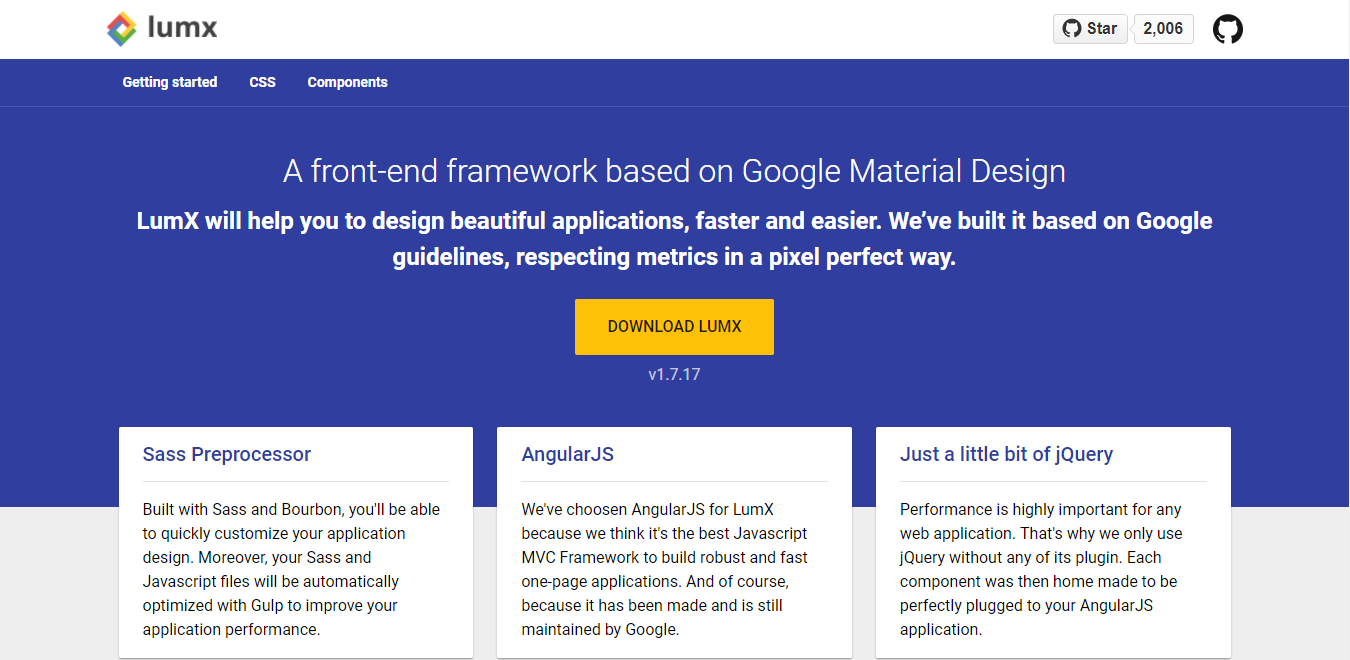
This framework that helps you implement Material Design is completely based on Angular JS. The framework also has a dependency on jQuery but for the sake of better performance, none of its plugins are used. Lumix is built with Sass and Bourbon that makes customization very easy and using Gulp, you can automatically optimize your Sass and javascript files. The documentation of the framework gives code examples which you can use as is.
Google’s Material Design has taken the design world by storm. There are a lot of amazingly designed applications out there that you can derive inspirations from. The list of some of the best admin templates based on Material Design and Bootstrap. Also, material design framework is a free admin template that is completely based on the framework Material Components for the Web from Google.
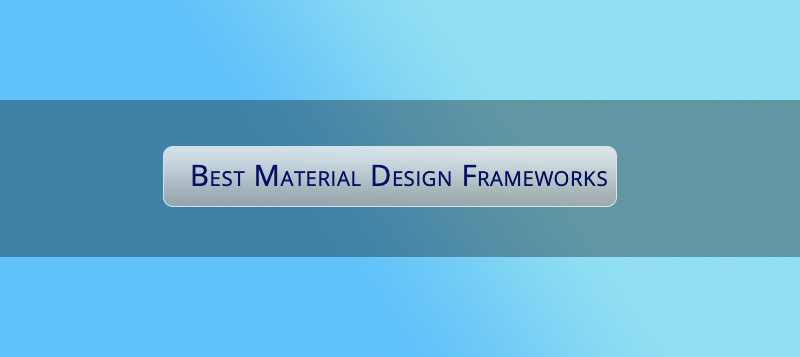
Comments(1)
Russellbic
February 14, 2021